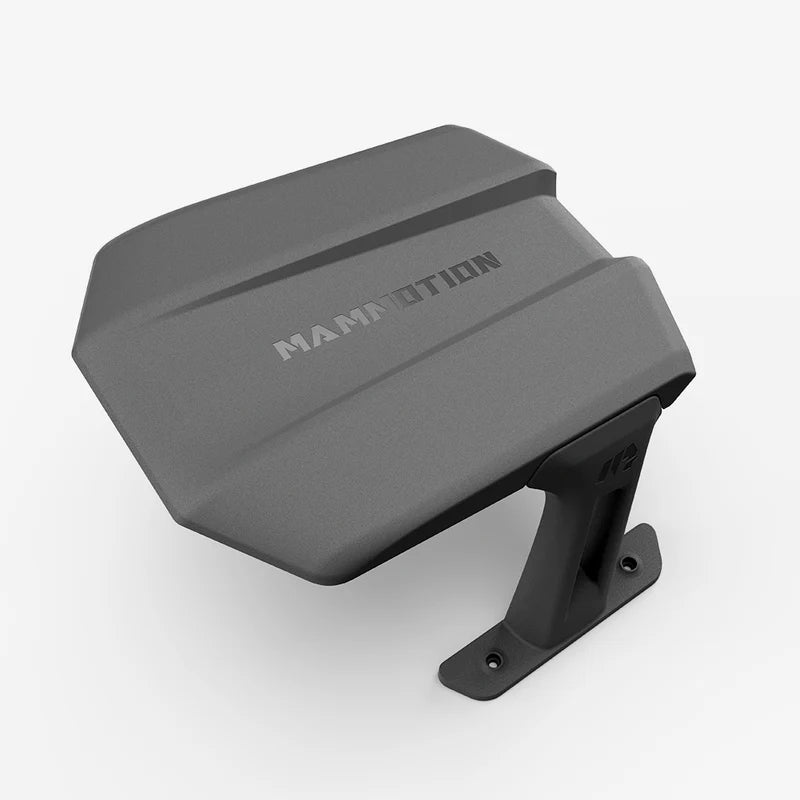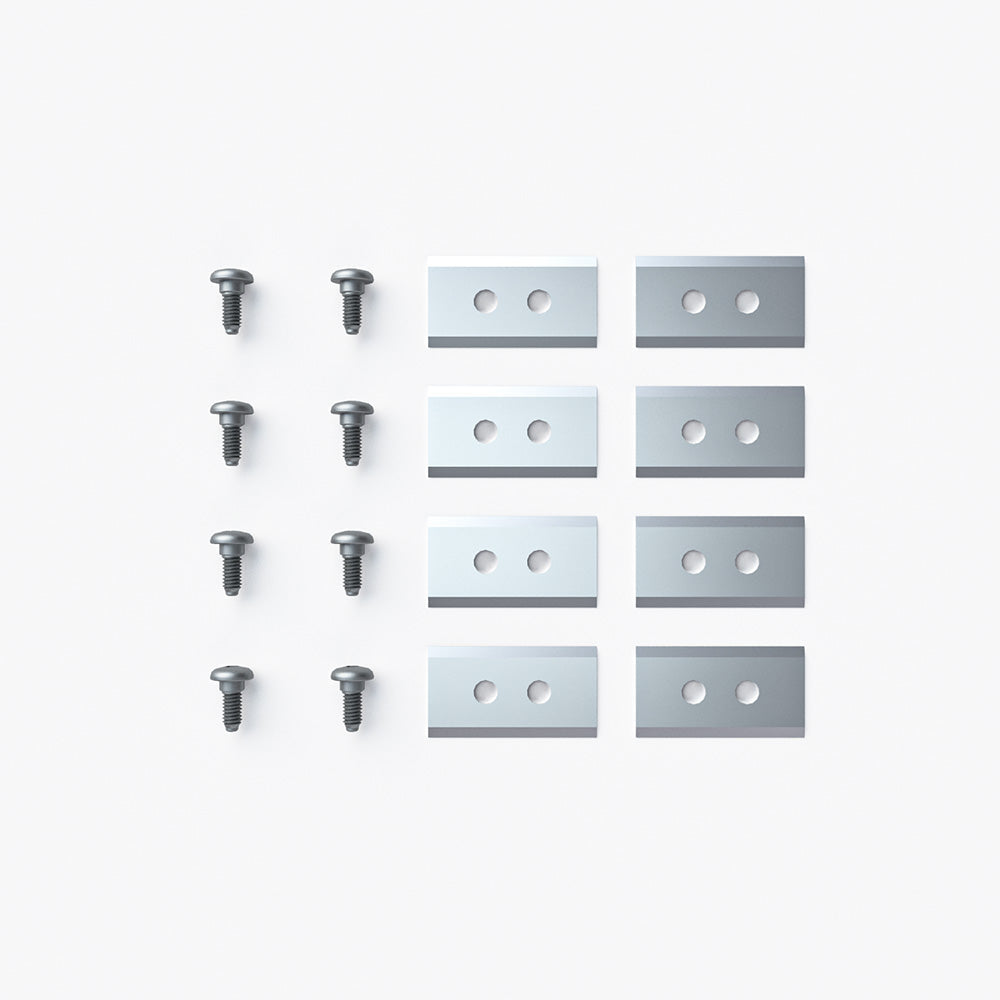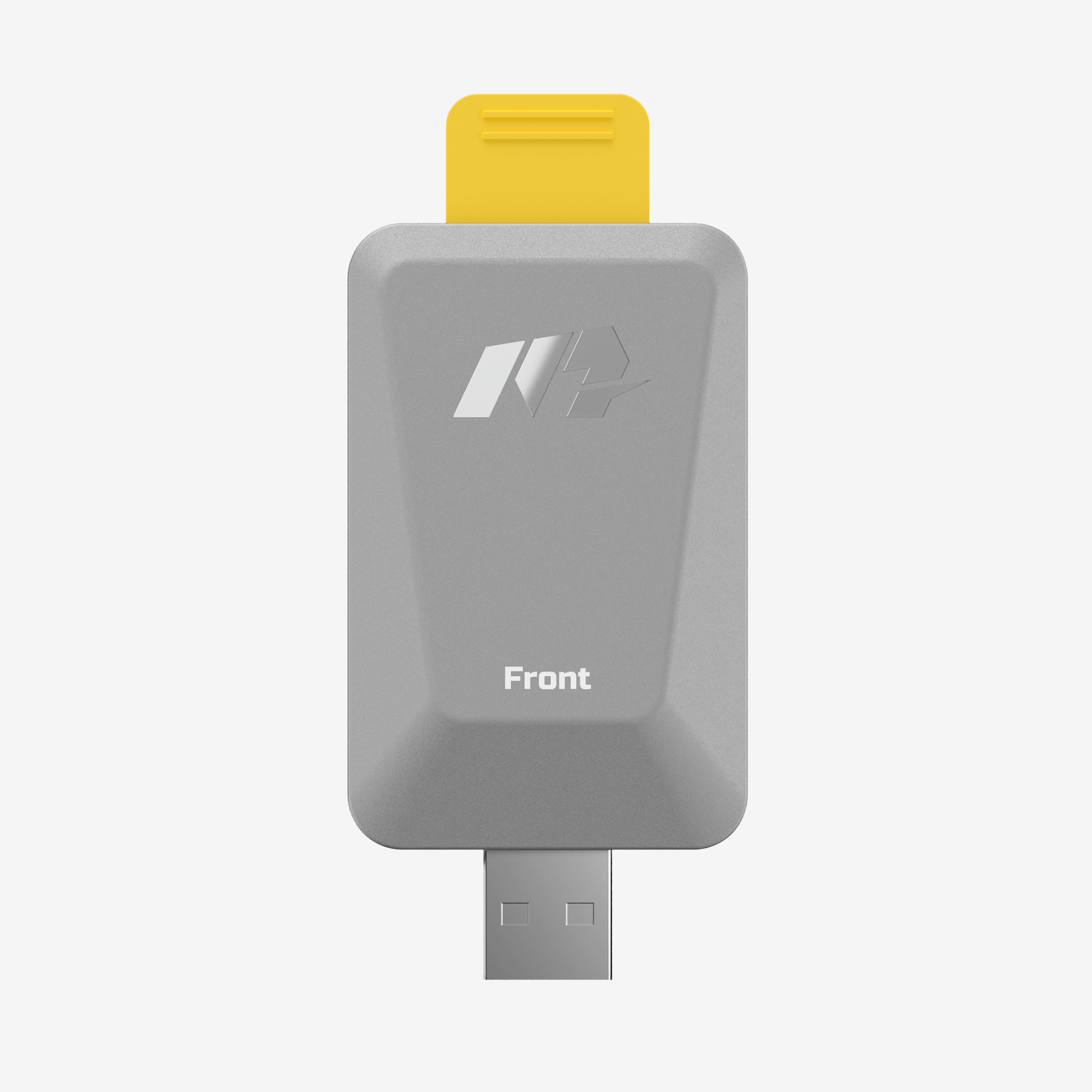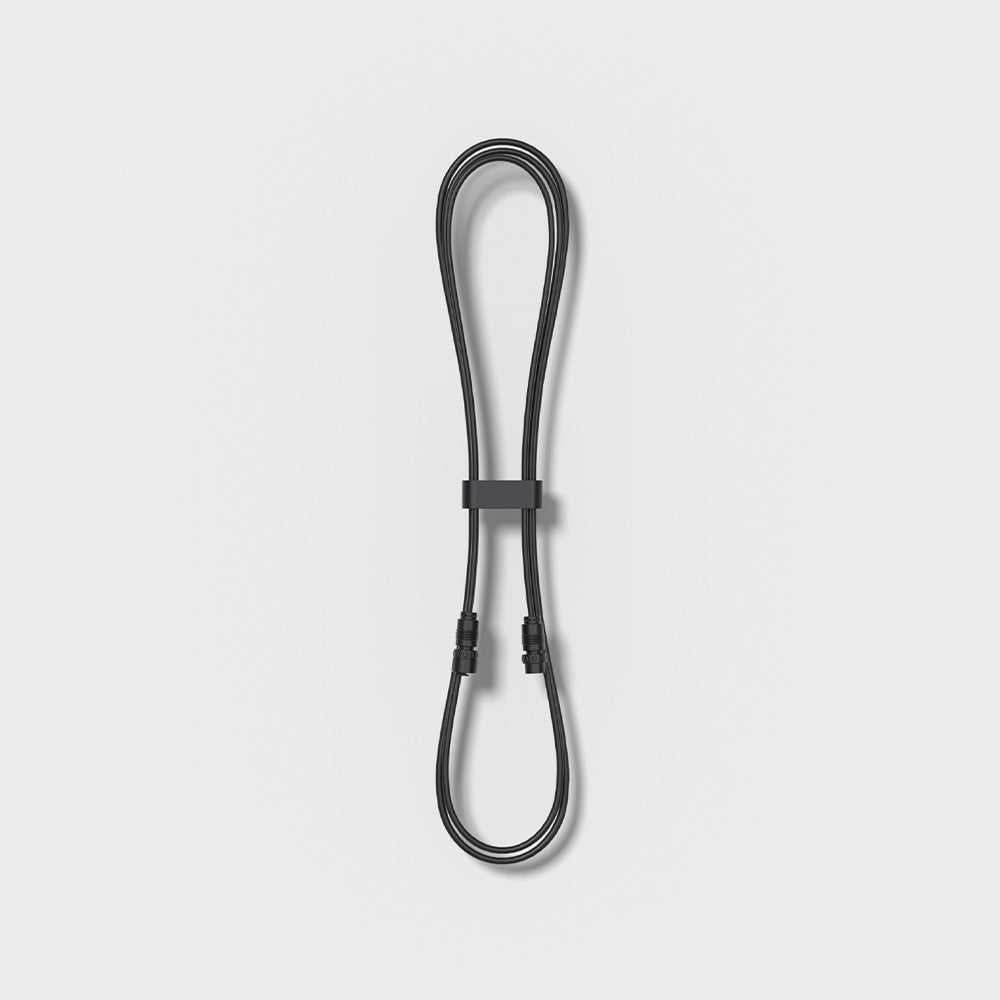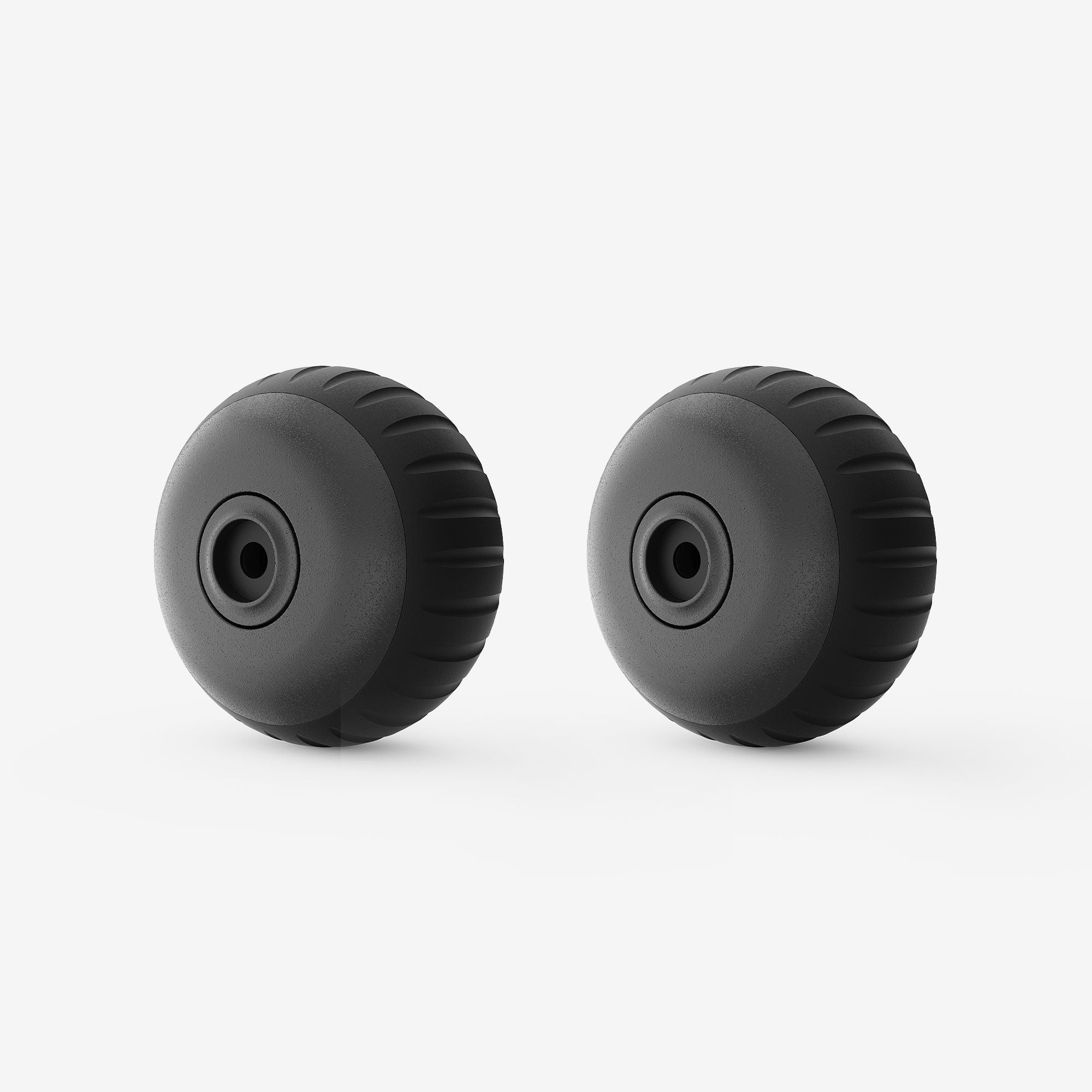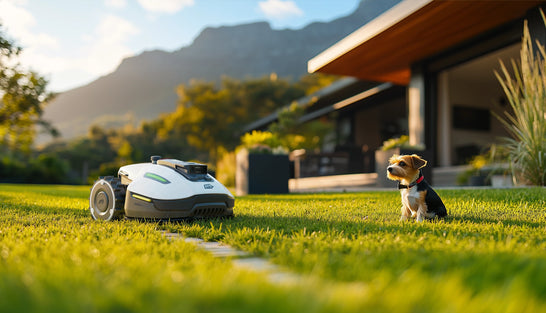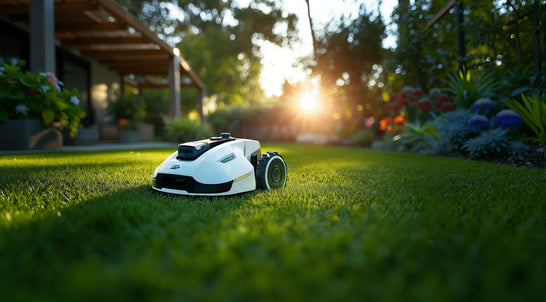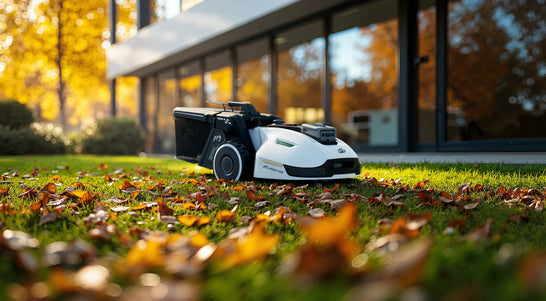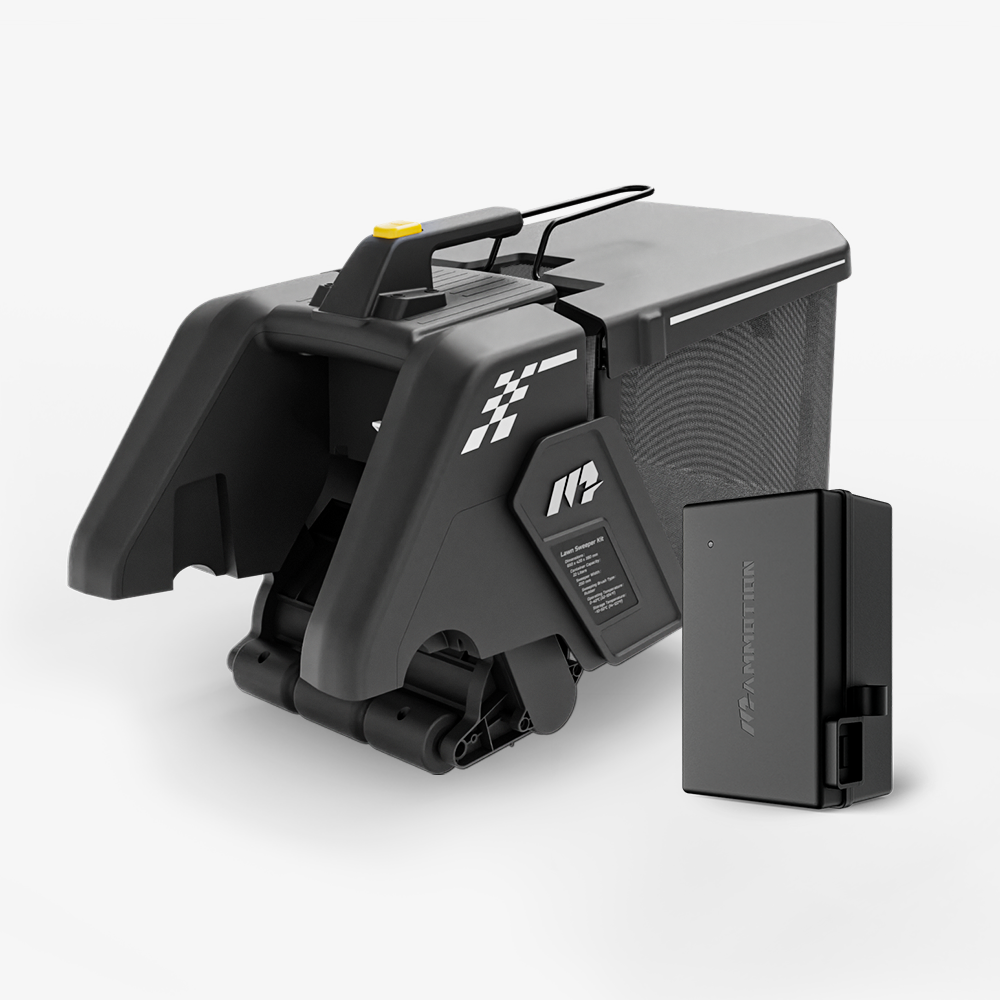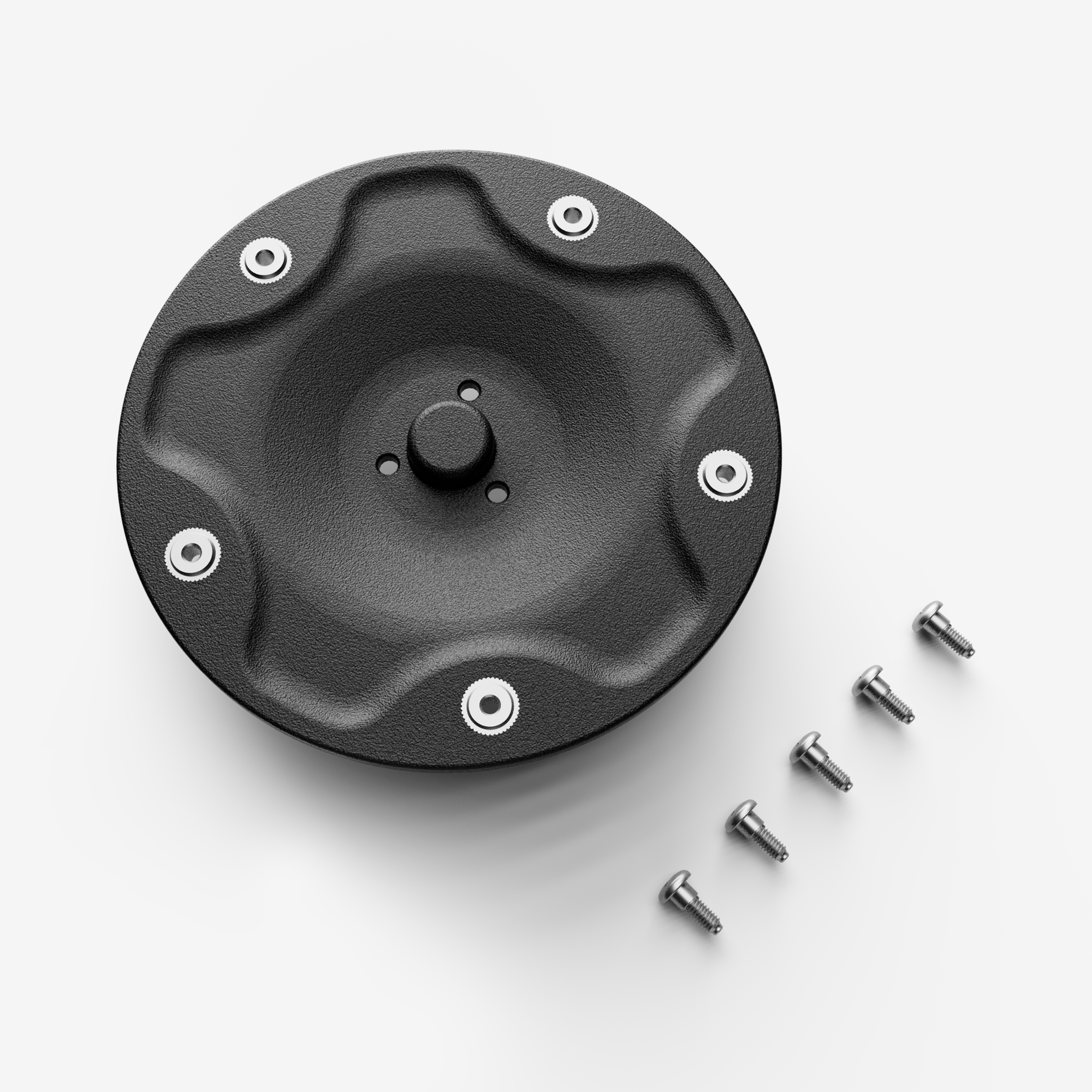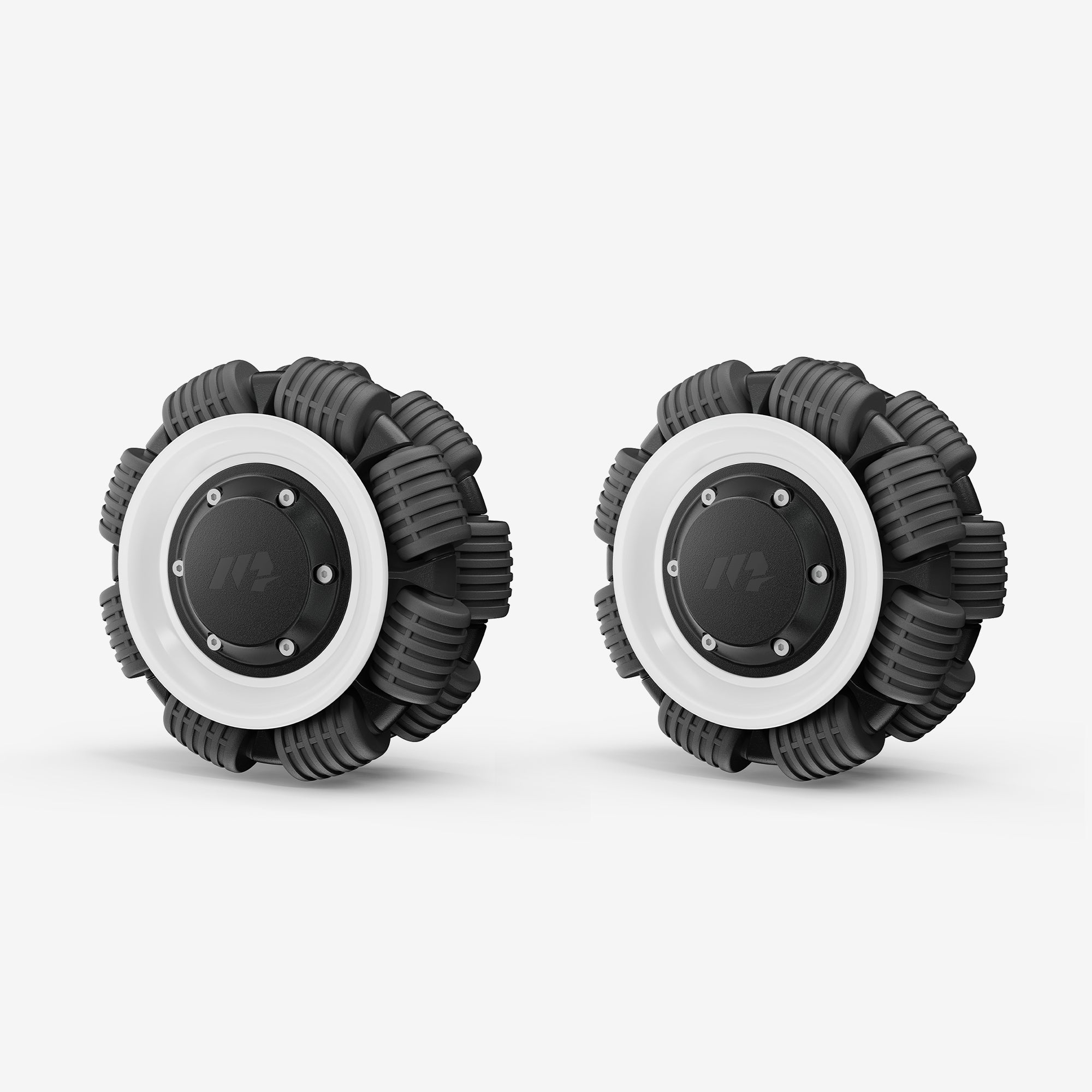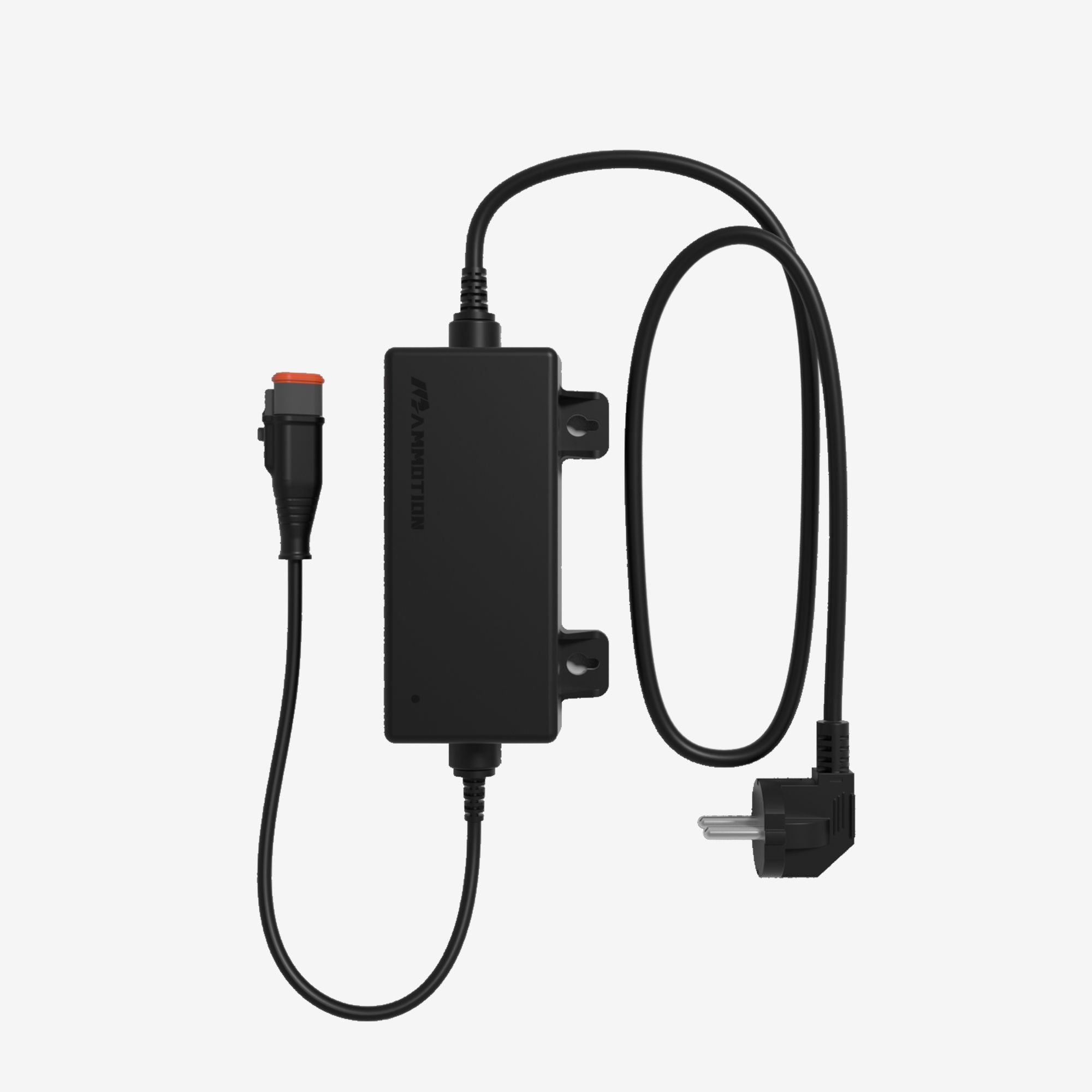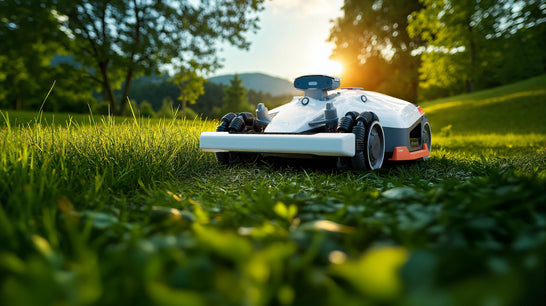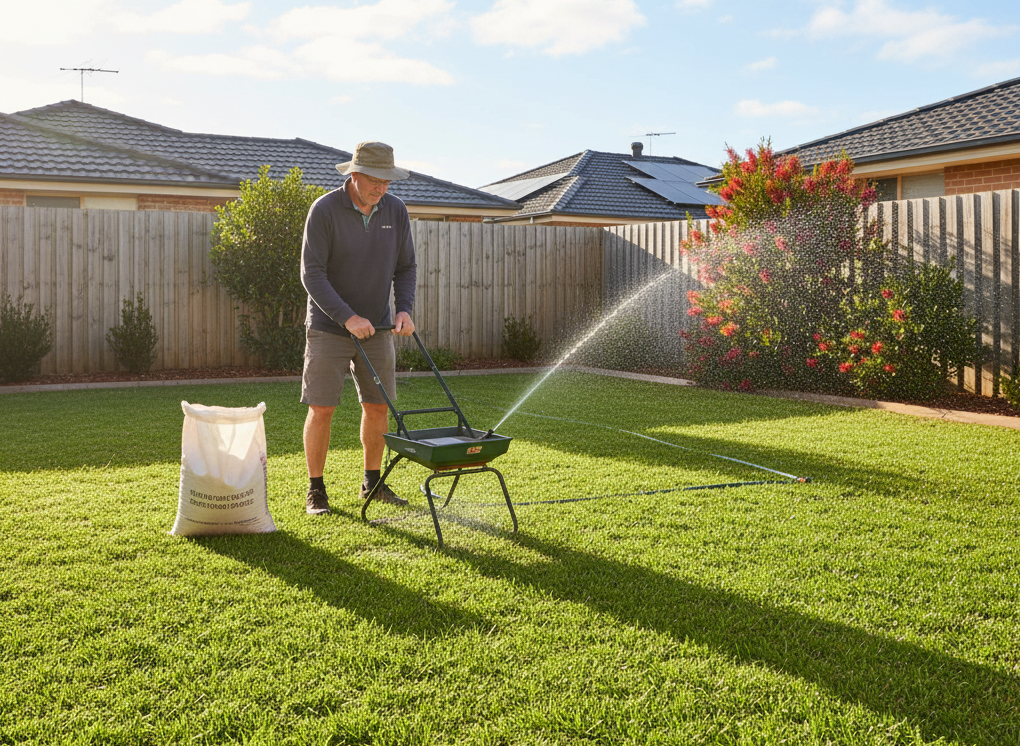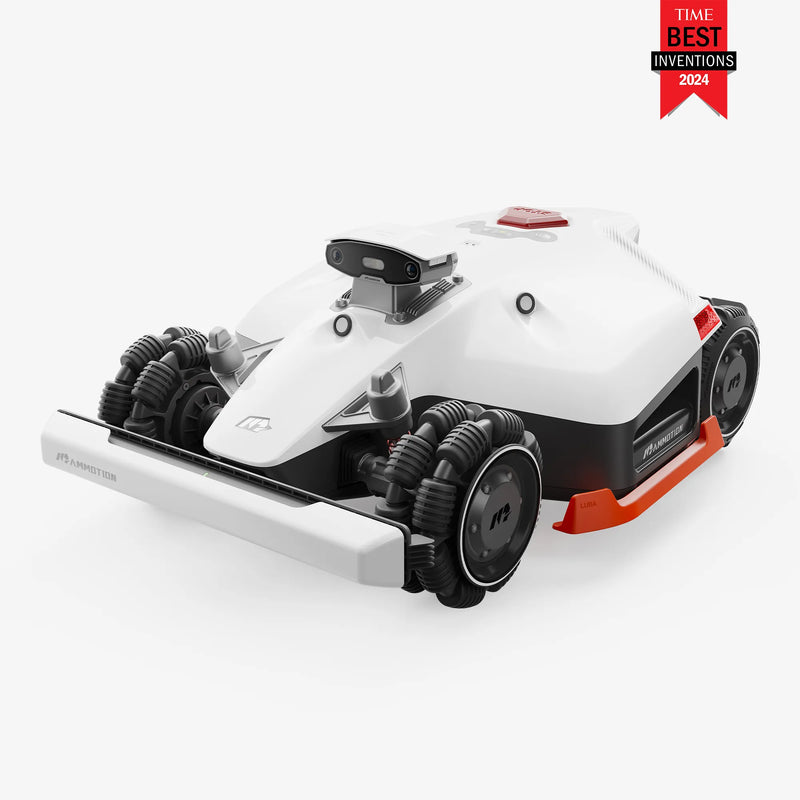After months of winter chill, most Australian lawns emerge looking tired—flattened by frost, starved of light, and often dotted with moss or weeds. Spring is the season when soil temperatures rise and daylight hours lengthen, triggering a powerful growth cycle in both warm-season grasses like buffalo, couch and kikuyu, and cool-season types such as fescue and ryegrass. This narrow window is the ideal time to reset your lawn’s health: repairing compacted soil, feeding the roots and sharpening your mowing routine before the heat of summer.
In this guide, you’ll find a step-by-step spring lawn care plan—from essential clean-up and aeration through to fertilising, smart watering and the latest technology such as robotic mowers. Follow these expert tips now and you’ll set your yard up for a lush, resilient summer carpet.
Why Spring is the Critical Season for Lawn Recovery
Spring is the lawn’s natural “wake-up call.” As soil warms to roughly 15–18 °C and days lengthen, grass plants switch from winter dormancy to an active growth cycle. Warm-season favourites such as buffalo, couch, kikuyu and zoysia push out new stolons and runners, while cool-season ryegrass and fescue respond with vigorous leaf growth.
Across most of Australia, early to mid-spring is the sweet spot. In cooler southern states like Victoria or Tasmania, aim to start once frost risk eases; in Queensland or northern New South Wales you can begin slightly earlier as soil temperatures rise sooner.
Before you dive into mowing or feeding, take stock of your lawn’s condition. Identify your grass type, note bare or compacted areas, and check for signs of winter damage such as fungal spots or grub activity. This quick assessment shapes every subsequent step—whether you’ll need aeration, top-dressing or targeted pest control.
Step 1 – Clean and Prepare Your Lawn
A thorough spring clean-up sets the foundation for every other spring lawn care task. Spring is the perfect time to clear the remnants of winter and prepare your lawn for active growth. A clean, well-aerated base ensures sunlight, water, and nutrients reach your grass effectively.
Tasks to complete:
- Remove debris: Rake leaves, twigs, and branches. Use a blower for larger areas. This improves airflow and reduces fungal disease risk.
- Inspect for winter damage: Look for brown patches, fungal spots, or signs of grub activity. Note areas that need repair.
- Check soil and drainage: Identify low or compacted spots that retained water over winter. Lightly top-dress hollows with sandy loam to improve surface evenness.
Tools checklist:
- Leaf rake or garden blower
- Garden fork or aerator for compacted soil
- Compost bin or garden waste bag
- Soil thermometer (optional, for checking when soil is ready for fertilising)
Expert tips:
- Only dethatch if your lawn has more than ~12 mm of thatch; otherwise, aeration in Step 4 will be sufficient.
- Inspect for grubs by lifting small sections of turf—if soil underneath is soft or larvae are visible, treat before spring growth accelerates.
- Cleaning and preparation now reduces the risk of disease and ensures fertiliser and water are absorbed efficiently in the coming weeks.
A few hours of careful preparation in early spring sets the stage for a lush, resilient lawn throughout the season.
Step 2 – Mowing Strategy for Spring
Mowing in spring requires a strategic approach to kickstart healthy growth without stressing your lawn. After winter, grass may be long, uneven, or matted, so a progressive mowing strategy is essential.
Progressive mowing height reduction:
- Start by raising your mower to the highest recommended height and make a first pass.
- On the second pass, gradually lower the blade to your desired spring height. This prevents scalping, reduces stress, and encourages strong new shoots.
Recommended mowing heights by Australian grass type:
|
Grass Type |
Spring Mowing Height (mm) |
|
Kikuyu |
25–40 |
|
Couch |
20–35 |
|
Buffalo |
30–50 |
|
Zoysia |
20–35 |
|
Ryegrass |
25–40 |
|
Fescue |
30–50 |
Mowing frequency & clippings:
- Aim to remove no more than one-third of leaf height per cut.
- Leave clippings on the lawn where possible; they act as a natural fertiliser. Remove only if clippings are diseased.
Expert tips:
- Ensure mower blades are sharp to create clean cuts and reduce stress.
- Petrol, electric, or robotic mowers all work, but robotic mowers can provide consistent, light cuts throughout spring—ideal for maintaining even growth and reducing manual effort.
- Adjust mowing frequency as the growth rate accelerates; warm-season grasses may need more frequent cuts once soil temperatures exceed 18 °C.
By following this structured mowing plan, your lawn develops dense, healthy foliage that outcompetes weeds and sets up perfectly for fertilising and irrigation in the next steps.
Step 3 – Fertilising and Watering
Spring is the prime time to feed your lawn and encourage strong root and shoot growth. Proper fertilising combined with smart watering ensures your turf emerges thick, resilient, and ready to outcompete weeds.
Fertilising Strategy:
- Early Spring: Conduct a soil test to identify nutrient deficiencies. Apply a light starter fertiliser if needed to jump-start growth.
- Mid-Spring: Apply the main fertiliser once the grass is actively growing. For warm-season lawns (Buffalo, Kikuyu, Couch, Zoysia), wait until soil temperatures consistently exceed 15–18 °C. Cool-season grasses (Ryegrass, Fescue) benefit from earlier fertilisation but avoid heavy feeding once the weather heats up.
Recommended Fertilisers:
- Slow-release granular fertilisers provide steady nutrients over several weeks.
- Liquid foliar feeds give a quick nutrient boost in cooler soils.
- Aim for balanced N:P:K ratios (higher nitrogen for leaf growth in spring, moderate phosphorus and potassium for root development). Avoid over-fertilising, which can burn new shoots.
Watering Strategy:
- Apply water deeply but infrequently to encourage deep root development. Aim for 10–15 mm per session, early in the morning to reduce evaporation and disease risk.
- Use a simple “tuna-can” test to measure water coverage across the lawn.
- Adjust watering based on rainfall and soil type—sandy soils may need more frequent watering, clay soils less.
Expert Tips:
- Combine fertiliser and watering for maximum nutrient uptake.
- Avoid fertilising immediately after mowing too short; let the grass recover for a few days.
- Incorporate technology like smart irrigation or soil moisture sensors for precise watering schedules—these systems can save water while keeping your lawn thriving.
Following this fertilising and watering plan in spring lays the foundation for a lush, healthy lawn that will flourish throughout summer.
Step 4 – Aeration, Dethatching & Overseeding
Aeration and dethatching in spring are crucial for relieving soil compaction and promoting healthy root growth, making them a vital part of spring lawn care. Winter foot traffic and heavy clay soils often leave lawns dense and compacted, restricting water, nutrients, and oxygen from reaching the roots.
Aeration:
- Core aeration involves removing small plugs of soil to open pathways for air and water.
- Best timing: early to mid-spring for warm-season grasses (Buffalo, Kikuyu, Couch) and early spring for cool-season grasses (Ryegrass, Fescue).
- For most suburban lawns, annual aeration is sufficient; heavily compacted lawns may benefit from two sessions per year.
Dethatching:
- Only dethatch if the thatch layer exceeds 12 mm (about the thickness of a finger).
- Use a dethatching rake or mechanical dethatcher to gently remove excess organic matter without damaging healthy shoots.
Overseeding / Patch Repair:
- After aeration, apply seed matched to your lawn type to repair bare patches.
- Keep the soil lightly moist for the first 2–3 weeks to ensure germination.
- Lightly top-dress with sandy loam to level low spots, allowing new seedlings to establish evenly.
Expert Tips:
- Avoid overseeding during very hot or dry periods; new shoots are vulnerable to heat stress.
- If using a robotic mower, delay its operation on newly seeded areas until grass is established.
- Aeration plus overseeding in spring significantly improves turf density, helping your lawn resist weeds, pests, and summer stress.
Completing this renovation step now maximises spring growth and sets up a stronger, more resilient lawn for the season ahead.
Step 5 – Weed & Pest Management
Spring is the peak season for weed germination and pest activity. Addressing these early ensures your lawn grows thick and healthy, reducing future problems.
Weed Control:
- Pre-emergent herbicides prevent seeds from germinating and are best applied early in spring, before weeds appear.
- Post-emergent herbicides target existing weeds and are effective on broadleaf weeds and clover. Apply after rain or watering for optimal absorption.
- Manual removal is effective for small infestations, especially after rainfall when soil is soft. Pull weeds by the root to prevent regrowth.
Pest Management:
- Inspect your lawn for signs of grub damage (brown patches that lift easily) or armyworm. Early detection allows timely treatment.
- Treat only affected areas with approved insecticides or consider natural solutions like beneficial nematodes.
- Monitor for fungal issues such as dollar spot or leaf spot. Proper airflow from mowing and debris removal, along with careful irrigation, minimizes fungal outbreaks.
Spring Lawn Care Integrated Approach:
- Dense, healthy turf naturally suppresses weeds. Follow proper mowing, fertilising, and watering schedules to encourage strong grass growth.
- Avoid over-fertilising or overwatering, which can favour weed and moss development.
Expert Tips:
- Always read labels and follow local Australian guidelines when using herbicides or insecticides.
- Avoid applying chemicals immediately after overseeding or fertilising to prevent stress on new growth.
- Robotic mowers can assist in weed prevention by maintaining a consistently dense and even lawn, reducing the space for weeds to establish.
By proactively managing weeds and pests in spring lawn care, you set the stage for a robust, healthy lawn that thrives through summer with minimal intervention.
Smart Lawn Care Solutions You Need to Know
Modern lawn care goes beyond traditional mowing, fertilising, and watering. In spring, technology can give Australian homeowners a major advantage by saving time, reducing stress on the lawn, and optimising growth.
Robotic Lawn Mowers:
- Perfect for spring’s rapid growth phase, robotic mowers provide frequent, light cuts that keep grass at an ideal height without scalping.
- Mulching blades return fine clippings to the soil, supplying nutrients naturally and reducing the need for extra fertiliser.
- Recommended settings: adjust cut height according to your grass type (see Step 2 table) and schedule frequent passes rather than long, heavy cuts.
- Timing: avoid running robots immediately after overseeding or herbicide application to prevent damage.
- Learn more about Australian-specific models and settings at Mammotion Robotic Mowers.
Smart Irrigation & Sensors:
- Soil moisture sensors and automated irrigation systems help maintain optimal water levels, especially during unpredictable spring rainfall.
- Deep, infrequent watering encourages strong root systems while preventing overwatering and fungal disease.
- Combine with smart timers to water early morning or late evening, maximising absorption and minimising evaporation.
Additional Technology Tips:
- Lawn health monitoring apps can track growth, detect brown patches, and suggest fertiliser schedules.
- Automated systems reduce labour and maintain consistent care, which is critical during the high-growth spring period.
Expert Insight:
Integrating robotic mowing and smart irrigation not only saves hours of manual work but also maintains a more uniform, healthier lawn. Early adoption in spring allows your turf to establish strong roots and dense foliage, setting up a lush, resilient lawn for summer.
Spring Lawn Care Maintenance Calendar
Following a clear, time-based plan ensures your lawn receives the right care at the right stage of spring. Adjust based on your region and grass type.
Early Spring (Weeks 1–3):
- Inspect lawn for winter damage, debris, and pests.
- Clean and prepare: rake leaves, remove branches, check soil drainage.
- Begin light mowing once grass starts growing.
- Apply a starter fertiliser after soil testing.
- Aerate compacted areas if needed.
Mid Spring (Weeks 4–6):
- Conduct main fertilisation for active growth (warm- or cool-season dependent).
- Overseed bare patches and lightly top-dress low areas.
- Apply pre-emergent herbicides to prevent weed germination.
- Check irrigation schedules; adjust frequency as soil warms.
- Begin regular mowing at recommended heights.
Late Spring (Weeks 7–9):
- Perform a second aeration if required for heavy soils.
- Spot-treat persistent weeds or pest-affected areas.
- Maintain consistent watering and mowing routine.
- Fine-tune robotic mower settings for optimal coverage and cut frequency.
- Monitor lawn health weekly for early signs of fungal issues or nutrient deficiencies.
Expert Tip: Using this calendar alongside robotic mowing and smart irrigation ensures your lawn receives consistent care without overwork, maximising growth during spring’s critical window.
Conclusion – Set Your Lawn Up for a Lush Summer
Spring lawn care is significant for your lawn. The actions you take now—cleaning and preparing, mowing correctly, fertilising, aerating, and managing weeds—directly determine how dense, resilient, and green your lawn will be throughout summer.
Key Takeaways:
- Assess your lawn early to identify winter damage and soil issues.
- Follow a step-by-step care routine: mow progressively, fertilise according to grass type, aerate, and overseed bare spots.
- Integrate technology like robotic mowers and smart irrigation to maintain consistent, precise care while saving time.
For Australian homeowners looking to combine efficiency with expert results, robotic mowers are an ideal spring investment. They handle frequent light cuts, mulch clippings back into the lawn, and reduce manual effort, helping you achieve a perfectly maintained yard with minimal stress.
Explore a range of models and settings tailored to Australian lawns at Mammotion Robotic Mowers. Start spring right, and watch your lawn thrive all season long.


